
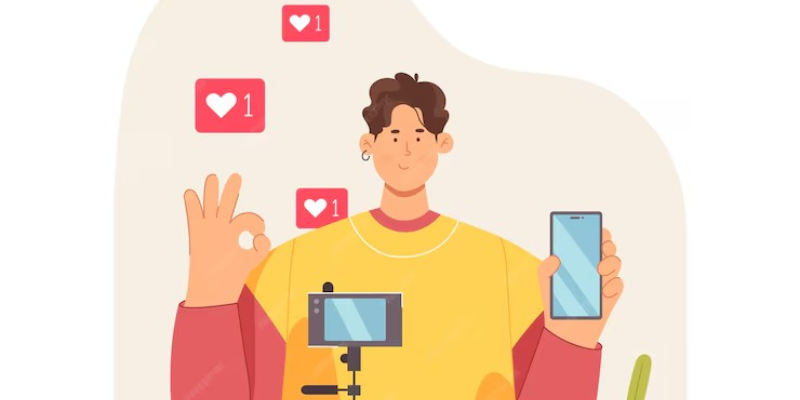
Social media influencers help reach out to your audience in a subtle yet powerful manner. Social media platforms are no longer being utilized only for entertainment. It has become a source of reaching your potential customers. It is an integral part of digital marketing. Influencer marketing campaigns can be the best for creating and increasing brand awareness. There are several ways through which you can collaborate with those influencers in your specific niche to create content. The proper influencer marketing strategy will help you reach the right target audience and increase brand awareness.
In India, influencer marketing campaigns have emerged as one of the fastest-growing and most effective strategies for brands to connect with consumers. With a massive Internet user base in India and the growing importance of social media, influencer marketing is picking pace across different sectors, ranging from fashion and beauty to technology and lifestyle.
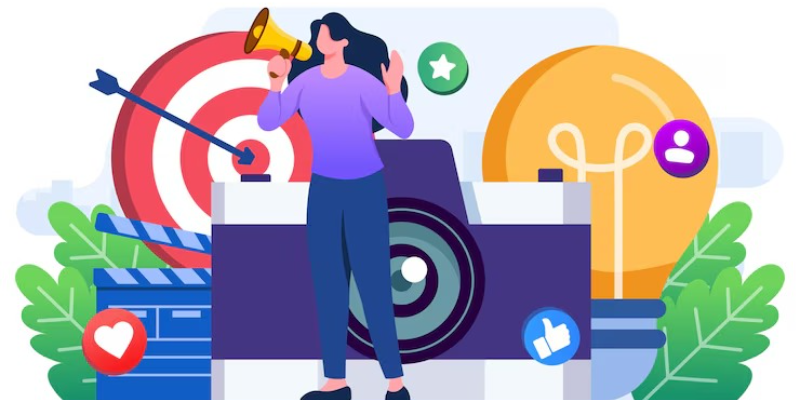
Mega Influencers (1,000,000 + followers): This type of influencers are always a kind of celebrity, for example, a famous movie or sporty legend. Influencers with much in are very expensive. They do reach far beyond any other kind of influencers, however.
Macro influencers are extremely popular in niche areas and have a large, engaging following.
They are relatively much more relatable, with higher engagement rates as compared to mega and macro influencers. They are best suited to niche products and local brands trying to reach local audiences.
They often have tiny followings but see a lot higher engagement rates. They will be leveraged by brands on highly targeted campaigns and grassroots marketing.
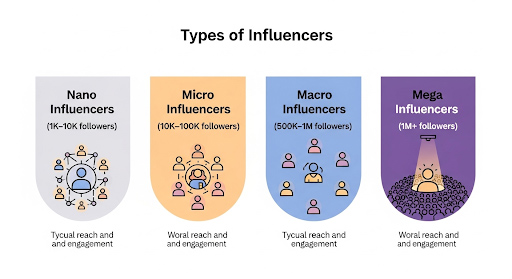
In today’s influencer marketing landscape, bigger is not always better. While mega and macro influencers boast millions of followers, their audiences can often be too broad, reducing the chances of highly targeted engagement. This is where micro and nano influencers are changing the game.
Micro influencers typically have between 10,000 and 100,000 followers, while nano influencers have fewer than 10,000. At first glance, their numbers might seem small, but the connection they maintain with their audience is far deeper. Their followers often view them as relatable peers rather than distant public figures, which results in significantly higher engagement rates.
Brands tapping into these smaller creators can benefit from:
For brands aiming to implement a winning influencer marketing strategy, prioritizing audience relevance over sheer numbers ensures that every impression counts. In the end, it’s not about speaking to everyone—it’s about speaking to the right ones, and micro and nano influencers excel at exactly that.
An effective influencer marketing strategy goes beyond collaborating with popular personalities—it’s about defining clear objectives that align with brand growth. The following goals form the backbone of most successful campaigns.
User-generated content is one of the most valuable outcomes of influencer collaborations. When influencers create authentic posts, videos, or stories featuring a brand’s products or services, it provides marketers with ready-made, relatable material that resonates with audiences.
Benefits of UGC:
Tips: Encourage influencers to share their genuine experiences, provide flexible creative briefs, and create branded hashtags to centralize content discovery.
Influencer partnerships can propel a brand into new audience segments. By leveraging influencers’ reach, brands can create visibility at scale while benefiting from the trust those influencers already hold.
Key Strategies:
This exposure also generates social proof—when people see multiple trusted voices endorsing a brand, it builds credibility and fuels curiosity.
In today’s digital marketplace, reviews can be as influential as personal recommendations. Influencers, especially those with engaged and loyal followers, can inspire their audiences to share honest reviews and testimonials.
Why it Matters:
By collaborating with credible influencers who reflect the brand’s values, businesses strengthen both trust and perceived authority in their industry.
Influencer-driven campaigns can have a direct impact on revenue by guiding audiences through the sales funnel. Whether it’s through affiliate links, discount codes, or call-to-action prompts, influencers can motivate followers to take measurable actions.
Funnel Impact:
When paired with strong UGC, these efforts increase both click-through rates and conversion rates.
While short-term campaigns deliver quick wins, the most sustainable influencer marketing strategies focus on building long-term connections. Ongoing collaborations create consistent messaging, stronger relationships, and a sense of community around the brand.
Brands that nurture influencer relationships over time often see their audience evolve into a loyal, self-sustaining network of advocates.
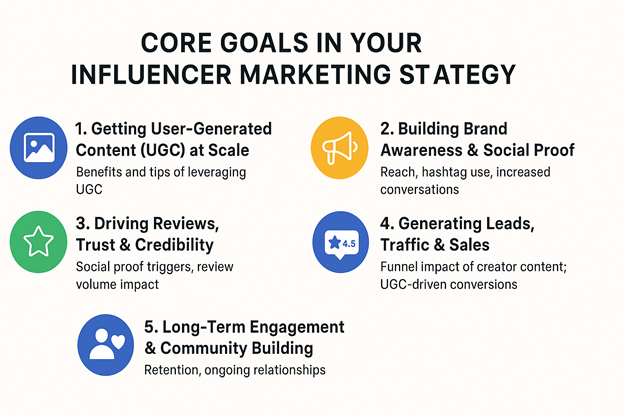
A winning influencer marketing strategy isn’t built on guesswork—it’s a structured process that blends creativity with measurable goals. The following step-by-step approach ensures campaigns are both impactful for the audience and profitable for the brand.
Every campaign should begin with a purpose. Applying the SMART framework—Specific, Measurable, Achievable, Relevant, and Time-bound— transforms vague ambitions into actionable targets.
When goals are SMART, they create clarity for both the brand and the influencers involved.
Knowing who you want to reach is just as important as knowing why you want to reach them. Brands must clearly define their audience demographics, interests, and pain points before selecting influencers.
This ensures that every collaboration moves the needle in the right direction.
Influencer selection should be strategic, not impulsive. Look beyond follower counts to evaluate:
Use influencer discovery tools or manual research to identify potential partners, and always vet for genuine engagement over vanity metrics.
Campaigns succeed when influencers feel valued and trusted. Build rapport by:
A genuine partnership leads to more authentic endorsements and better results.
Rigid briefs can stifle creativity, so brands should provide guidelines while giving influencers the freedom to express themselves. Incorporate:
This results in content that feels natural and relatable, increasing audience trust.
Execution doesn’t end with a post—it requires constant monitoring. Track KPIs such as:
Use real-time insights to tweak messaging, targeting, or posting times for better performance mid-campaign.
Short-term deals may deliver quick wins, but long-term collaborations build loyalty and stronger results. Benefits include:
When influencers grow with the brand, their endorsements feel more genuine, creating lasting impact.
When planning influencer marketing campaigns in India, brands must tailor their approach to both the platform and the region. India’s diverse audience consumes content differently across social networks, influenced by language, culture, and digital habits. Choosing the right mix of platforms and local influencers ensures deeper engagement and higher ROI.
Each social platform offers distinct advantages:
India’s influencer landscape is not just about language translation—it’s about cultural resonance. Regional influencers create content in local languages like Hindi, Tamil, Bengali, and Marathi, allowing brands to connect emotionally with specific communities. This approach builds trust, as audiences feel the content speaks directly to their identity, traditions, and everyday life. Brands embracing vernacular content often see higher engagement rates than with purely English campaigns.
Influencer marketing in India is increasingly regulated to protect consumers and ensure authenticity.
The Advertising Standards Council of India (ASCI) mandates clear disclosures for paid partnerships,
often requiring labels like #ad, #sponsored, or #collab.
Transparent communication builds audience trust and safeguards brand reputation.
Ethical practices also include avoiding misleading claims, ensuring factual accuracy, and collaborating with influencers whose
values align with the brand.
A challenge that brands encounter in measuring the ROI is that the metrics of reach, engagement, and impressions may not necessarily relate to sales.
The presence of fake followers and over-inflated followers can defeat the impact of a specific influencer marketing campaign. Brands must filter and select influencers thoroughly before collaborating with them to ensure actual reach and maximum engagement.
India is the epitome of cultural diversity, and the influencers have to solve this puzzle so that content best assimilates with the different parts of the public.
As influencer marketing gained popularity, one can notice increased saturation among the influencers which may result in boredom from audiences who view the images and subsequently lower engagement levels over time.
The influencer marketing landscape is evolving rapidly, and brands that want to remain competitive must proactively adapt to upcoming changes. Future-proofing a strategy means anticipating shifts in technology, audience preferences, and industry practices—then building flexibility into campaigns.
Artificial Intelligence is transforming how brands identify and collaborate with influencers. AI-driven tools can analyze millions of profiles to match creators with target audiences based on engagement quality, sentiment, and niche alignment. Additionally, AI can predict campaign outcomes, optimize posting schedules, and even personalize content for micro-segments of an audience—maximizing ROI.
Audiences are becoming increasingly immune to overt promotions. The future belongs to brands and creators who tell authentic, relatable stories that blend seamlessly into a viewer’s feed. Instead of scripted endorsements, the emphasis will shift toward co-created narratives—allowing influencers to showcase products in natural, experience-driven contexts.
Dedicated influencer marketplaces and creator management platforms are streamlining collaboration. These platforms help brands vet influencers, track performance in real time, and manage payments securely. As the creator economy matures, these digital ecosystems will become central to scaling influencer programs efficiently.
As marketing budgets undergo scrutiny, brands will demand stronger proof of performance. This shift means more investment in influencer partnerships that can deliver measurable results—whether in sales, leads, or brand lift—rather than focusing solely on follower counts. Expect hybrid compensation models that combine fixed fees with performance-based incentives.
In short, future-proof influencer marketing strategies will balance technological innovation with human creativity, blending data-driven decisions with emotionally resonant storytelling. Brands that embrace these trends early will not only remain relevant but also lead the conversation in an increasingly crowded digital space.
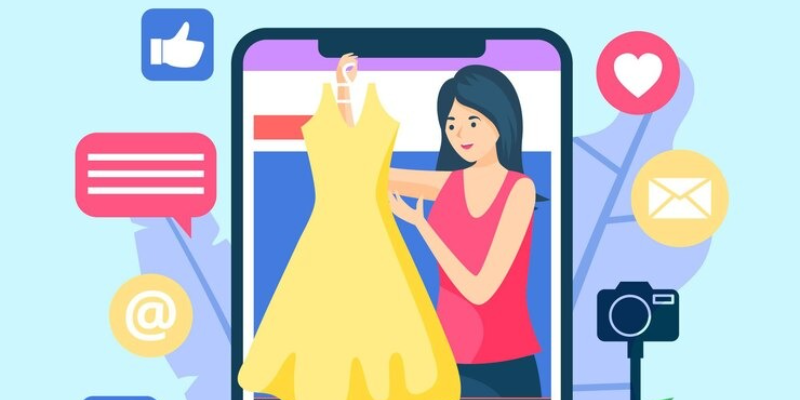
Influencer marketing in 2025 is no longer about chasing trends blindly—it’s about building a sustainable, adaptable, and data-driven approach. The rapid integration of AI, the evolution of creative storytelling, the rise of niche creator platforms, and the shift in marketing budgets all point toward a future where brands must balance innovation with authenticity.
A winning strategy will be one that prioritizes meaningful partnerships over fleeting engagements, measures ROI with clear, AI-backed metrics, and adapts to the changing expectations of both consumers and creators. This means understanding your audience deeply, diversifying influencer collaborations, and staying agile enough to pivot when new technologies or platforms emerge.
The brands that succeed won’t just follow the latest influencer marketing trends—they’ll anticipate them. By fostering long-term relationships with influencers, investing in creative content that resonates, and staying ahead of industry changes, marketers can ensure their campaigns remain effective, relevant, and impactful well into the future.
As 2025 unfolds, the question isn’t whether influencer marketing will remain a vital channel—it’s how you will strategically refine and future-proof your efforts to lead in a competitive digital landscape. The next move is yours.